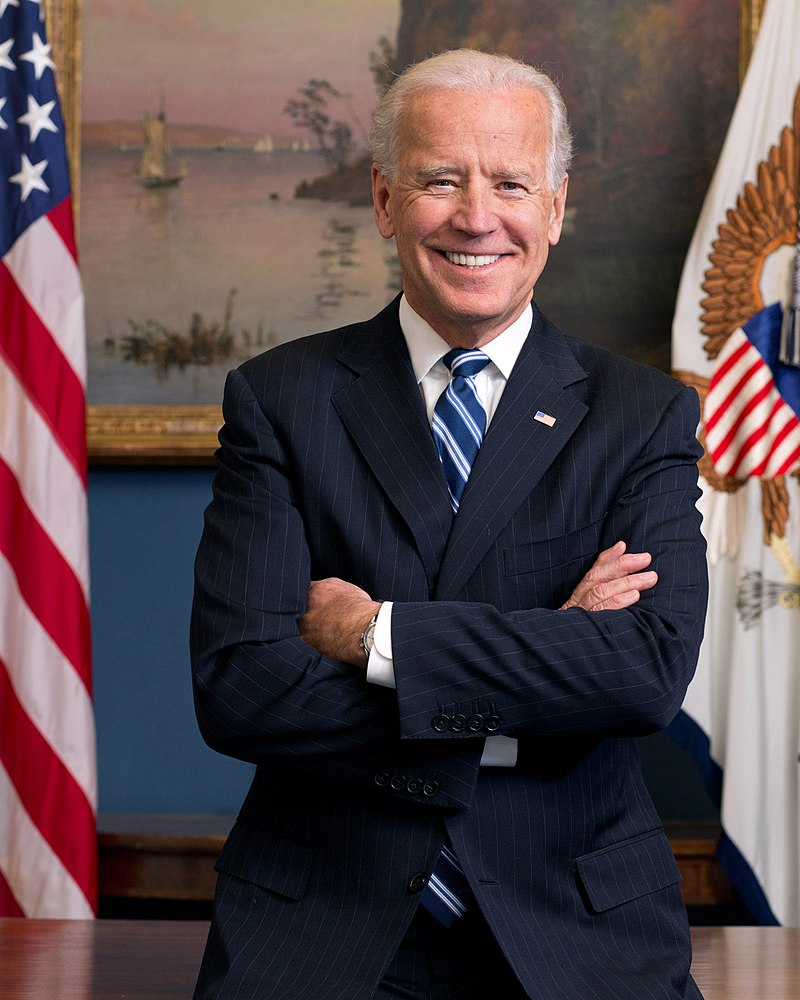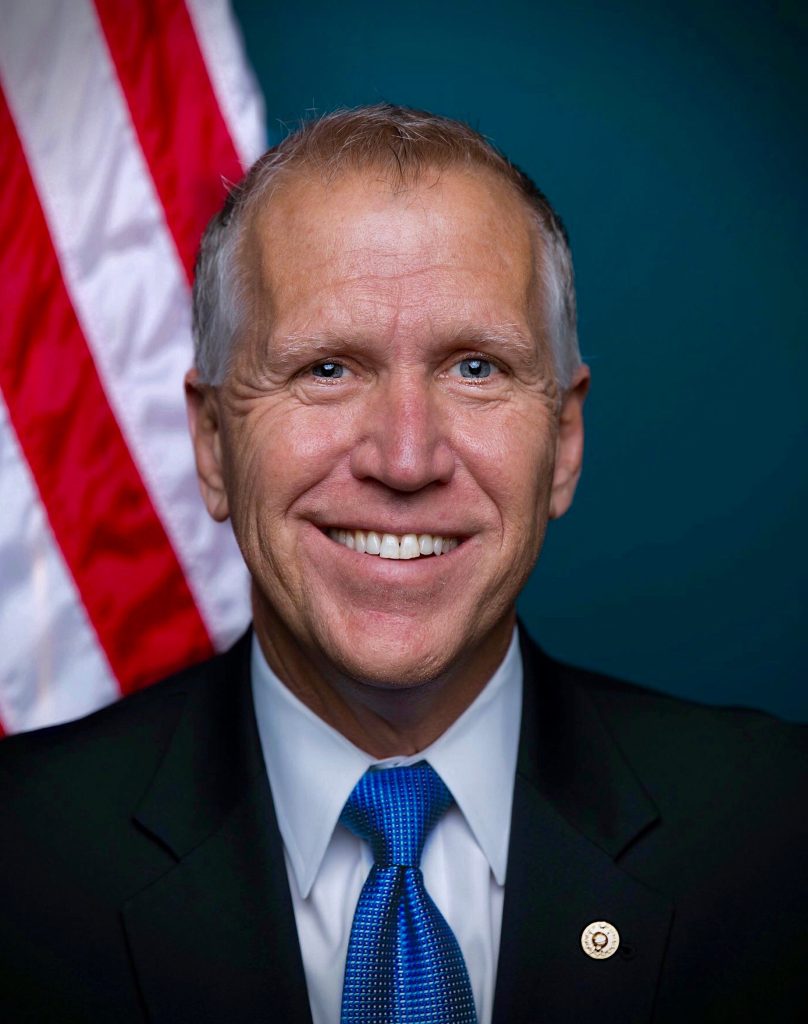Nov 10, 2020
Optimism for Solar Energy & the Environment with 2020 Elections
A Biden administration will bring a 180-degree turn from the energy and climate policies of the Trump White House. Democrats could still take control of the Senate. But if they don’t, Biden will have to find bipartisan issues to get legislation through Congress.

In a recent poll, over 55% of those surveyed stated that a presidential candidate’s views on global warming are important to their vote. This election, unlike those before it, placed a heavy weight on what it meant for our future and the future of renewable energy policies.
Many people in the solar energy industry and their allies in the environmental movement were hoping for a Green Wave on the national level.
While the 2020 election wasn’t a landslide, Americans did vote for solar and climate solutions. To help figure out what the election results mean, below we look at the presidential race plus a handful of meaningful wins in Congress.
Joe Biden: A Solar-Friendly President

As president, using his executive authority, Biden can quickly rejoin the Paris Climate Accord, rebuild the U.S. EPA and reverse many anti-climate executive orders signed by President Trump.
Without any need for approval from Congress, Biden can put in aggressive new rules to regulate methane. Not only this, but he can reverse Trump-era attacks on California’s strict auto emissions standards. In addition, he could advocate to stop drilling for oil and gas on public lands especially in the Arctic. Moreover, he can also implement energy-efficiency standards for buildings and appliances. Lastly, he could then use the purchasing power of the federal government to invest taxpayer dollars in clean energy.
To promote renewable energy in particular, Biden has promised to reform and extend clean energy tax credits.
One of the solar industry’s most effective supports on the federal level has been the solar investment tax credit (ITC). In 2019 lawmakers declined to offer solar an extension to the ITC. Yet, the wind sector’s production was granted a one-year reprieve. Declining from its original level of 30 percent, this year the ITC stood at 26 percent. Next year it will go down to 22 percent. Finally, it will bottom out at a permanent 10 percent level for commercial solar starting in 2022.
Solar Magazine explains that Biden aims to create an administration that will be a turning point to combat climate change:
He has promised to see the U.S. use 100% carbon-free electricity by 2035—a substantial shift up from a prior target of 2050, and one that would leave the U.S. with essentially just 10 years from the end of Biden’s first time to achieve his aim.
Specifically, Biden wants to see a newly-created Unity Task Force help drive the installation of a whopping 500 million solar panels within 5 years. This task force would pursue these green goals while also actively seeking to drive stronger action on climate change.
It remains to be seen how much legislation Biden can get passed if Republicans remain in control of the Senate. We won’t know until after the Georgia primary election in January whether the Democrats can take control of the chamber. It is safe to assume that even with a divided government, Biden can still enact policies for clean energy.
Even with Republicans controlling the Senate, Biden will try to pass measures with bipartisan appeal. Among these will likely be both a carbon tax and infrastructure investments in the Green New Deal.
Congressional Races
Virginia

Endorsed by the League of Conservation Voters and Sierra Club, Senator of Virginia Mark Warner (D) has won the senate race. He has been a long-standing supporter of transitioning to renewable energy and ensuring the protection of our environment and health. Similarly, he has encouraged legislation such as the Clean Economy Act, which sets a goal for net-zero carbon emissions by 2050. Specifically, Warner has pushed for investment in wind projects off the coast of Virginia.
Several candidates endorsed by the Sierra Club and/or League of Conservation Voters were elected to represent Virginia in the U.S. House of Representatives:
- House, District 2: Elaine Luria
- House, District 3: Bobby Scott
- House, District 4: Donald McEachin
- House, District 7: Abigail Spanberger
- House, District 8: Don Beyer
- House, District 10: Jennifer Wexton
- House, District 11: Gerry Connolly
North Carolina

Incumbent North Carolina Senator Thom Tillis (R). 
Senate Challenger Cal Cunningham (D).
The senate race between Thom Tillis (R) and Cal Cunningham (D) in North Carolina has not yet been decided. While the incumbent Tillis has garnered a 9% Lifetime Score on the League of Conservation Voters Scorecard. In addition, he recently voted against placing meaningful limits on carbon pollution. This would leave fossil-fueled power plants to their own devices to clean up their carbon emissions.
On the other hand, Cunningham supports significant “federal investment aimed at creating jobs and slashing carbon emissions by half by 2030 and to net-zero by 2050.” These views are close to goals listed in both the Green New Deal and the Paris Climate Accord.
Above all, we can only hope that North Carolina votes for the candidate who will support environmental policies.
In North Carolina, several candidates endorsed by the Sierra Club and/or League of Conservation Voters were elected to the House of Representatives:
- House, District 1: G.K Butterfield
- House, District 2: Deborah Ross
- House, District 4: David Price
- House, District 6: Kathy Manning
- House, District 12: Alma Adams
Much to Celebrate
As can be seen in our previous post on the presidential candidates’ stances on solar energy, Biden’s plan “stands in stark contrast to President Trump, who has made it clear that he is indifferent to clean energy at best and hostile to solar and wind at worst.”
Then again, even with Biden returning to office, critics believe he may very well be gridlocked. Grist said it best:
The Republicans’ grip on the Senate makes the chances for ambitious climate legislation shaky. Democrats would need to propose bills that Republicans won’t filibuster. And the Republican strategy throughout the Obama years was to do exactly that.
As a solar power developer, we only hope that Biden can maintain his promises on extending the solar tax credit, and bring sound environmental policy back to American policies.